Hi
I finally figured out how to post pics here. Yeah.
We have removed lots of junk invasives. Dozens of truck loads. Wild multiflora rose, huge grapevines, extensive poison ivy, lots of sapling pear tree, an area of 6'+ pokeberries, and assorted weeds.
We found a few volunteer treasures. I have recently posted pics of various unknowns for indentification at "name that plant" forum. So far ... magnolia (4), pagoda dogwood (3), arrowwood viburnam (1), cherry saplings (numerous), black cherry, tulip poplar saplings (lots), sassafras saplings (lots), catalpa saplings (lots), oak and maple saplings, holly (3), and holly.
You will also see volunteer autrian and scotch pine trees on the hillside. The plan is to edit those and keep the remainder at least temporarily until a plan is developed for the hillside.
The downside neighbor has an 8' retaining wall directly below those woods. You can see the remainder of spindly black cherries which will stay. Already planted at various times is white pines, hemlocks, viburnums. 3 spruces will be removed and replaced with hemlocks for screening out the neighbors roof. Far end of photo is mature old scotch pine and austrian pine, a stand of beech? or poplar?, a large oak and sassafras. The area bas been a nightmare to keep cleared of junk. Working on a permanent plan for it now.
Part of the back hillside. It is steep for 20' and level at the top for another 20'. The large spruce belongs to the neighbor behind me. From that point back is lots of real junky stuff (wood piles, tires) that I want to screen out with more hemlocks. Again, you can see the volunteer pines that are not native. There are about 6 young white pine volunteers though. Keepers. You can also see the old pine trunks at the top of the hill. Over the years we removed lots of those and storms brought more down. What is left is really not on my property now.
More of the hillside. You can see the neighbors property behind us. We visually own it. 5 acres of mature red and white oak. Pulling up our drive? that 5 acres is the dominant view. (Zoned for 2 or 3 additional septic systems, however - meaning homes could be built back there at some time.)
Found this nice volunteer maple on the side yard woodland.
Hillside from top right to left. You can see another neighbors roof where I will plant a few more hemlock to screen the roof line. Then you see a large wild black cherry trunk, a nice wild sweet cherry tree (no cherries though), and a fairly large hickoy. Some of the property on top of the hill is not mine but I try to maintain it and will plant up there past the lot line. It's useless land to the neighbor below, and he doesn't care what I do with it.
More of the side yard woodland. Nice volunteer pagoda dogwood. Not sure if we will keep the volunteer spruce. It's a nice speciman. But it's not native, and it also sits directly under the canopy of a large Catalpa tree. Eventually, it won't work out.
{{gwi:348950}}
Top of the hillside again. Those old pine trunks bother me some. The only green branches are way up at the top. But there's not much else mature up there. I am advised to let them be. ??? That's a 2nd house behind the first house. They face different streets. The 2nd house was built into the hill and so it also has a high retaining wall there and no back yard to speak of. Just a deck, the retaining wall, and the property at the top of the hill that they ignore. I don't mind so long as I can do as I please up there. It's a very visible area from our own yard. So the hillside and top of hillside will be treated as though they are one property. The plan anyway.
Found this small volunteer pagoda dogwood on the hillside. Neat. The junipers will be removed.
{{gwi:348948}}
Top of the hill again and a volunteer arrowwood viburnum in center of pic.
{{gwi:350115}}
Here's the hillside sloping down to the side yard woodland. See the large catalpa? More pine trunks in the background. Large black cherry to the left rear.
Hillside again. Junipers will be removed. Young volunteer pines will be edited until a plan is developed for the hill. This was a wild thicket until cleared. A big job that is almost done.
Hillside sloping to side yard woodland area again. Side yard woodland area was also an overgrown thicket.
Distance view of center of hillside. Good perspective on it. 2nd neighbor's house is behind and below the hillside.
Side yard woodland area again showing a found volunteer cherry tree? 1st neighbor behind and below the side yard woodland area. Hopefully hemlocks will screen him out of view. I have 10 6' to 8' hemlocks on hold now. These just came into the nursery and there is nothing smaller available.
{{gwi:349993}}
Side yard woodland area again. Those spruces will be removed and replaced with the hemlocks. We will most probably lower the ground elevation where the grass is - making it more level to the woodland area. Lots of fill was dumped in the grass area. Taking it back to original grade for a nicer transition to the side woodland area. Then probably bringing a pathway of grass between those 2 large white pines? from the front yard to the side yard.
This long post was mostly intended for the fellow who was also clearing a woodland area. He lived across the street from a federal forest? I forget his screen name now and don't want to lose this post by looking for him right now.
Any comments and suggestions are most welcome.
I have also most likely lost the man who has done the clearing. He may have found employment. That's good. But there is another 40 hours or so of removal work yet to do. I have poison ivy now pretty bad, and so I have hired the remainder of that job out, too.
I think these areas will always be a work in progress. Hopefully, it will be more enjoyable to work with the area now. Fun thinking about it anyway. It's been a handfull for many years. But this is nice progress, I think.
Thanks for looking.
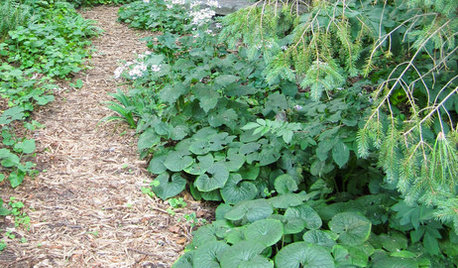
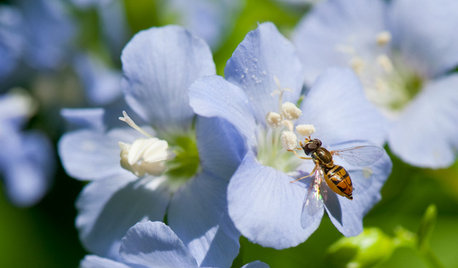
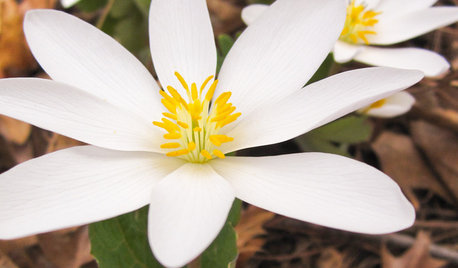
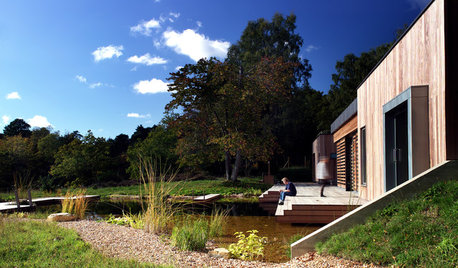
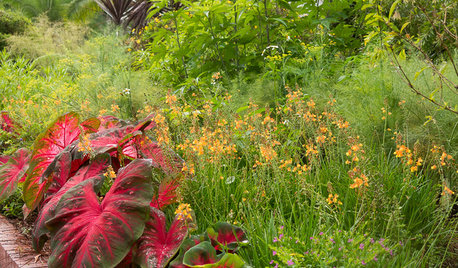
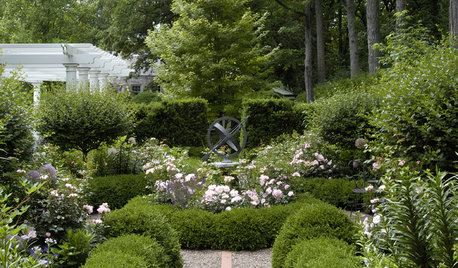
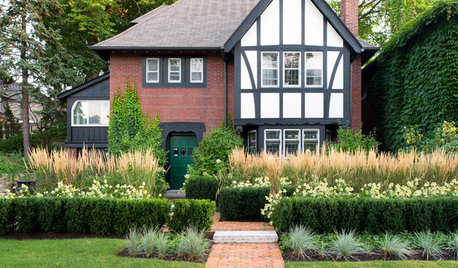
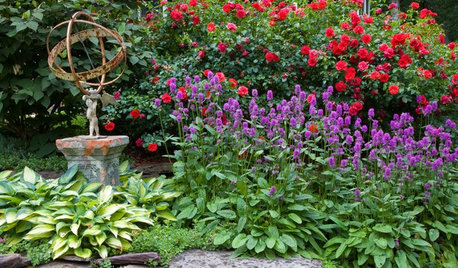
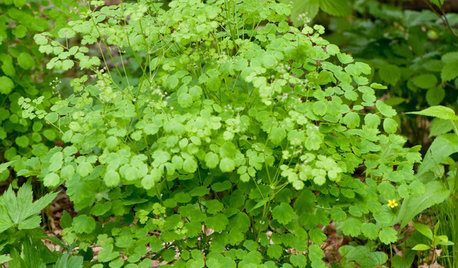
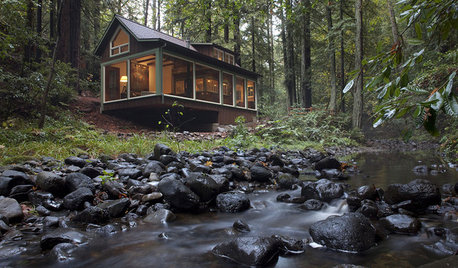







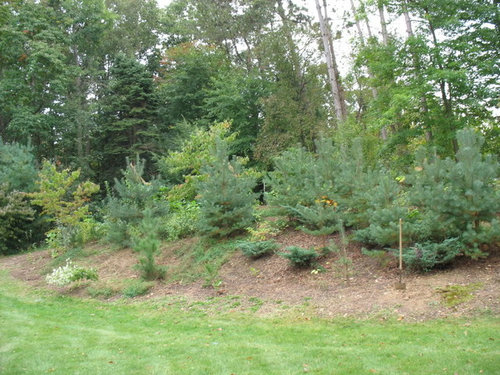
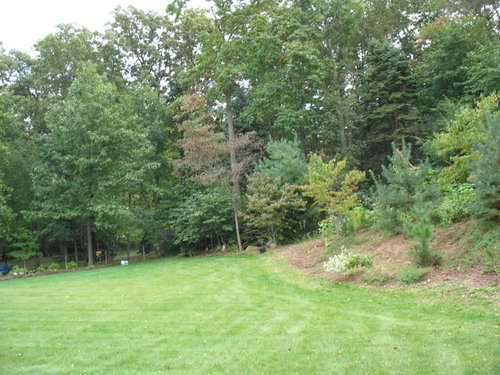
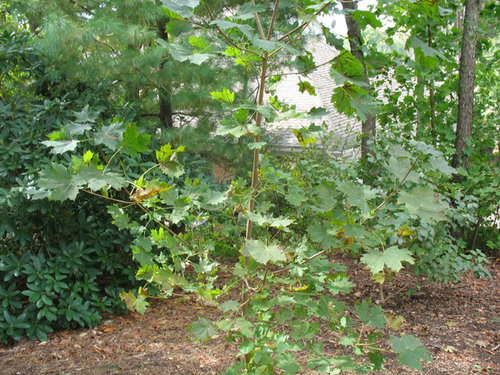
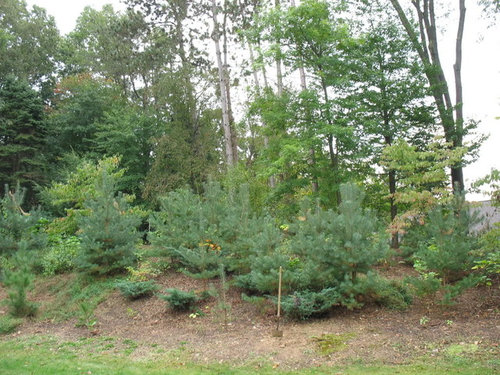
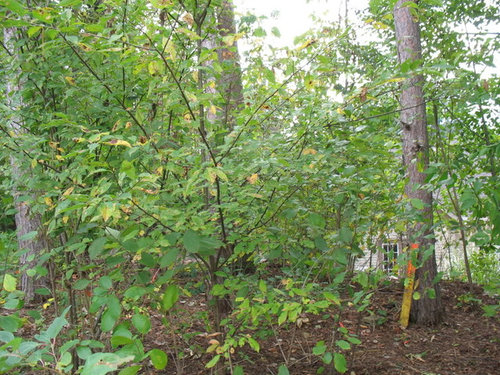
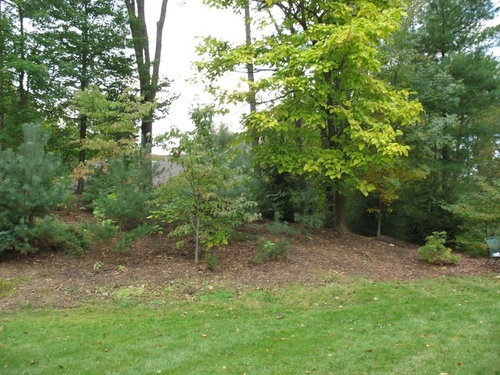

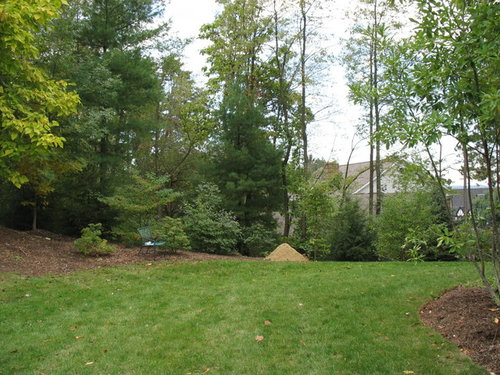
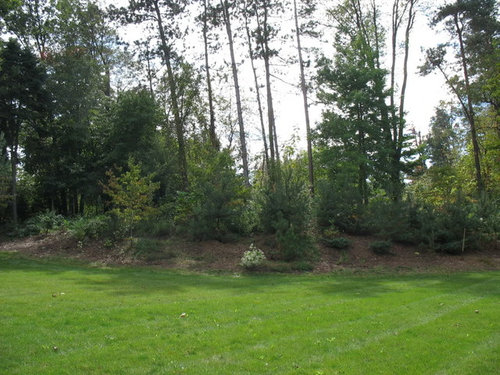


linda_schreiber
lethean46Original Author
Related Professionals
South Elgin Landscape Architects & Landscape Designers · Frisco Landscape Contractors · Bedford Heights Landscape Contractors · Brookfield Landscape Contractors · Deerfield Beach Landscape Contractors · Ellensburg Landscape Contractors · Oklahoma City Landscape Contractors · Pompano Beach Landscape Contractors · Roswell Landscape Contractors · Baltimore Fence Contractors · Hinsdale Fence Contractors · Laguna Beach Fence Contractors · Pensacola Fence Contractors · Santa Maria Fence Contractors · Ventura Fence Contractorskarate626
linda_schreiber
lethean46Original Author
fatamorgana2121
lethean46Original Author
linda_schreiber
lethean46Original Author
ravenh2001
tsugajunkie z5 SE WI ♱
carolinamary
lethean46Original Author
jcalhoun